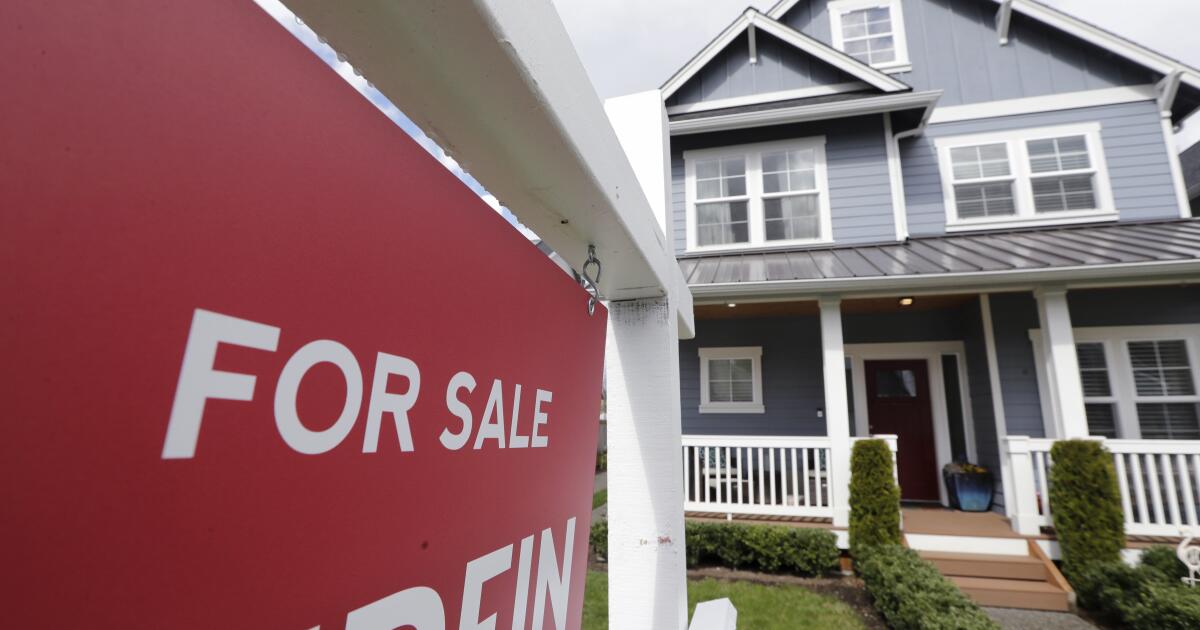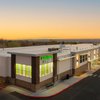Queensland’s NIMBY suburbs have been revealed
Queensland is facing a critical shortage of homes in 65 suburbs marked as hotspots of NIMBY resistance, with virtually no new dwelling approvals despite growing demand and rising property prices.
A shock analysis revealed “an entrenched pattern of underdevelopment” across some of Brisbane’s most established inner and middle-ring suburbs, intensifying the state’s affordability crisis as families compete for a limited supply of new homes.
MORE: Builder’s marvel named Aus hottest house
Home built by Aussie cricket legend for sale
Research has revealed an entrenched pattern of underdevelopment in Brisbane
Research by MCG Quantity Surveyors pinpointed areas with the lowest building approvals over the past two years, with undersupply also dire in regional growth areas from the Gold Coast to Townsville.
“Australia’s housing market faces significant pressure due to surging population growth, heightened demand, and an alarmingly low rate of new dwelling approvals,” MCG Quantity Surveyors managing director Mike Mortlock said.
“While many regions grapple with meeting housing demand, certain suburb areas stand out starkly as hotspots of resistance – often referred to as NIMBYism (Not In My Back Yard) – to new developments.”
In the 24 months to January 2025, only 337,564 dwelling units were approved nationally.
MORE: Three cuts: 8 new banks slash rates before RBA
Bikini goddess’ ‘missing sister’ for sale in $15m mystery twist
Mike Mortlock, of MCG Quantity Surveyors says approvals remain astonishingly low
MCG’s report identified 65 suburbs in Queensland with less than 5,000 building approvals, coupled with less than a 1 per cent increase in housing stock.
Brisbane’s worst-ranked areas included: Wakerley, Riverhills, Seventeen Mile Rocks-Sinnamon Park, Middle Park-Jamboree Heights, Carindale, Jindalee-Mount Ommaney, Mansfield, Stafford Heights, Sheldon-Mount Cotton, and Boondall.
“These are areas with well-developed infrastructure and strong local appeal – but approvals remain astonishingly low,” Mr Mortlock said.
“Many of these suburbs have seen virtually no change in their housing stock despite growing demand and rising prices.
“The inner and middle-ring suburbs are where reform is most needed, yet they’re also the most resistant to change. It’s a critical pressure point in Brisbane’s broader affordability story.”
MORE: Negative gearing cull: Real victims revealed
Thousands of Qld empty-nesters refuse to budge
Site of the proposed build-to-rent project at 652 New Cleveland Rd, Wakerley
NIMBYism claims were levelled at Wakerley residents who attempted to block a proposal by a local church to build 44 affordable townhouses on its own land.
The State Facilitated Development was approved this month, despite more than 3,400 signatories to a Change.org petition demanding the government stop the “housing commission development” on New Cleveland Rd.
Among objections, one resident claimed “Gumdale and Wakerley have been earmarked to be converted to a lower-class ghetto”, while another lamented “drug addicts and refugees” who would devalue the area.
The build-to-rent project, put forward by the Archdiocese of Brisbane, will provide housing capped at 74.9 per cent of market rent.
Meanwhile, a medium-density housing proposal for 47 apartments across four storeys in
Highgate Hill has attracted scores of objections.
MORE: See the Aussies who put their pets first when buying a house
Un-beer-lievable: SEQ costlier than Melbourne for housing, food, grog
Proposed Highgate Hill development
Resident submissions lodged with council detail concerns about noises and traffic, while a few state current residents of the 2402 sqm site on Westbourne St would be displaced.
The project was labelled an “absolute eyesore” and “innapropriate intrusion into this historically significant area”.
Outside Brisbane, five of the 10 worst regional suburb areas were in Townsville, three in Central Queensland, and one each in Mackay and Wide Bay.
Mr Mortlock said the dearth of approvals in Townsville reflected an “ongoing reluctance to densify or renew, even in the face of population pressures”. The pattern was repeated across hubs including Mackay and Bundaberg.
“These are established communities with thousands of homes, yet the housing stock has barely budged,” he said.
“The risk here is clear: without intervention, affordability in these markets will erode just as quickly as in the capitals.”
YIMBY Qld co-founder Natalie Rayment. Pic: Lyndon Mechielsen/Courier mail
MORE NEWS
Five more banks cut interest rates
‘Disgust’: Boomers unleash on crying Aussies
Thousands of Qld empty nesters refuse to budge
Natalie Rayment, Brisbane town planner and CEO of YIMBY Qld, said homeowners with “blind faith” in opposing development risked “pricing a new generation out of the housing market”.
“Good housing policy and quality design are essential,” Ms Rayment said.
“But I like to ask people – if you say ‘no’ to more housing in your neighbourhood, then what are you saying ‘yes’ to?
“There’s always a trade-off, whether that be increasing housing costs, increased levels of homelessness or reducing opportunities to downsize and age in place in the future. There’s also added pressure to push new housing further out of the city, increasing the commute and potentially expanding into farm land or koala habitat.”
Townsville was home to many of the regional suburbs with the lowest rates of new dwelling approvals
When a housing project was denied or delayed in response to strong community objection, it often led to further restrictive practices.
“Decision makers tighten up the rule book to ensure no more are allowed to slip through the system – think the townhouse ban, or capping heights, reducing floor plates, or increasing car parking numbers, each coming with a direct cost on housing,” Ms Rayment said.
“Worse still, each time this happens, it rocks the confidence of the housing sector, reducing the risk appetite needed to get new projects off the ground. It’s a downward spiral. And we need a re-set. Urgently.”
NIMBY pressure in wealthier suburbs like Noosa, New Farm and Main Beach was strong, as homeowners fought to preserve “neighbourhood character”, Ms Rayment said.
“But NIMBY pressure plays out in many areas, often opposing affordable housing options like smaller units.
“Recently, we’ve seen even more intense objections to social and affordable homes, with some residents going beyond planning issues to raise concerns about social issues like youth crime.”
Low approval rates threaten affordability in popular Queensland suburbs including Carindale
Building approvals for new houses and units plummeted across much of the state over the summer months.
While approvals for detached homes and units rose by 8.4 per cent from last year to 36,147 that number fell short of the government’s annual target of 50,000 new homes.
The three-month trend to February 2025 shows approvals down by 8.8 per cent – blowing out to about 30 per cent in regions like Mackay and Whitsunday, Far North Queensland, and the Gold Coast.
The housing shortage is a key issue ahead of next week’s election, with both major parties unveiling policies aimed at addressing the supply-demand imbalance.
Ray White chief economist Nerida Conisbee.
Ray White economist Nerida Conisbee said skyrocketing building costs had made it more affordable to buy an existing home than purchase a new one – undermining policies aimed at encouraging new construction.
“Construction challenges have worsened, with industry insolvencies continuing to rise and now exceeding 1,200 annually,” Ms Conisbee said.
“Labor productivity remains low, and the average time to complete a house has increased from approximately 6.5 months pre-pandemic to over 10 months today.
“These factors severely limit the industry’s capacity to deliver on ambitious housing targets.”



















 English (US) ·
English (US) ·